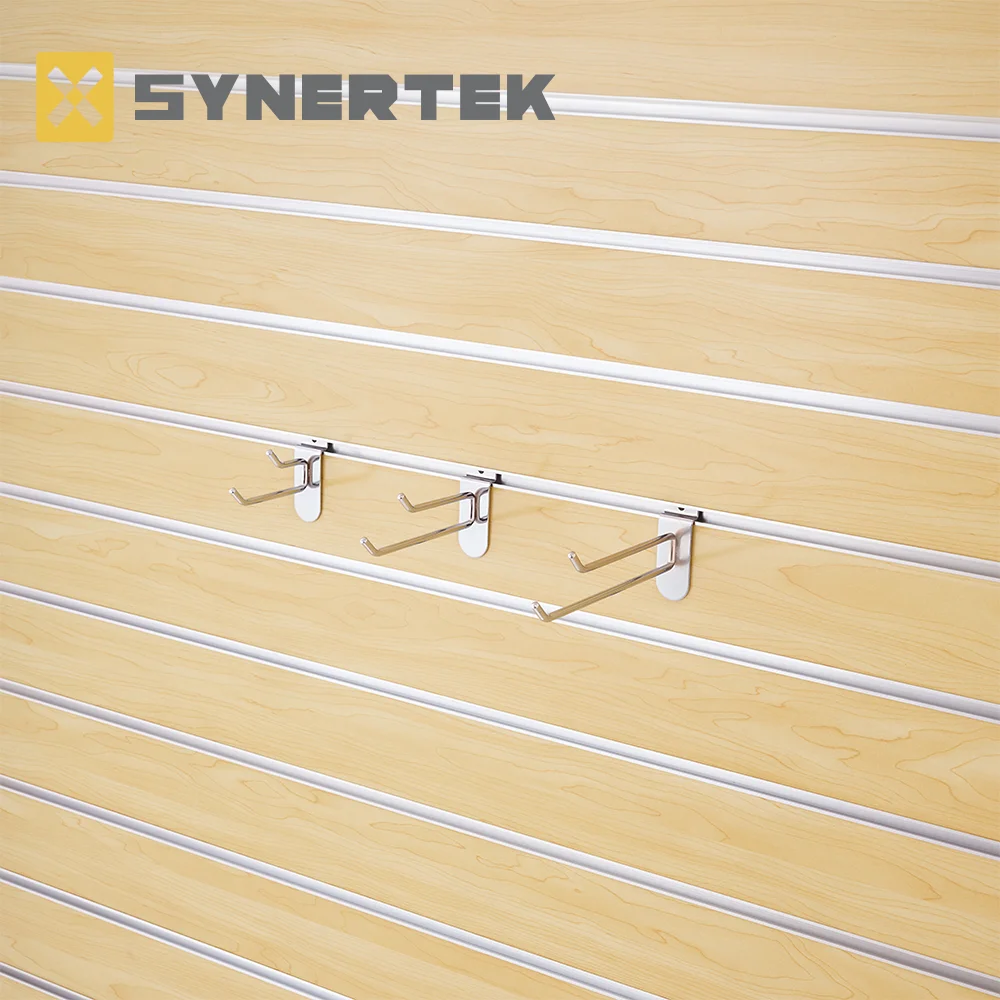When it comes to construction and woodworking, the choice of materials can significantly impact the overall strength and durability of a project. Among the myriad of options available, oriented strand board (OSB) and plywood are two of the most commonly used engineered wood products. A frequent question that arises in both professional and DIY circles is: Do screws hold better in OSB or plywood? This article delves into the intricacies of both materials, examining their structural properties, screw holding capabilities, and practical applications to provide a comprehensive answer.
Understanding OSB and Plywood
Before we can assess the screw-holding capabilities of OSB and plywood, it's essential to understand what these materials are and how they are constructed.
Oriented Strand Board (OSB) is made from strands of wood that are oriented in specific directions and bonded together with adhesives under heat and pressure. This manufacturing process results in a panel that is strong and resistant to warping, making it a popular choice for sheathing, flooring, and roofing.
Plywood, on the other hand, is constructed from thin layers of wood veneer that are glued together, with the grain of each layer oriented perpendicular to the adjacent layer. This cross-laminated structure provides excellent dimensional stability and strength, making plywood a preferred choice for applications requiring high load-bearing capacity.
Screw Holding Capacity: A Comparative Analysis
The ability of screws to hold in a material is influenced by several factors, including the density of the material, the type of screw used, and the orientation of the grain. Let’s explore how OSB and plywood compare in these aspects.
- Density and Composition
OSB typically has a lower density than plywood, which can affect screw holding capacity. The strands in OSB are bonded together with adhesives, creating a composite material that can sometimes lead to less consistent screw holding performance. Conversely, plywood's layered structure provides a more uniform density, allowing screws to grip more effectively across different layers of veneer.
- Screw Types and Sizes
The type and size of screws used can also influence their holding power in both materials. For instance, coarse-thread screws tend to perform better in OSB due to the larger surface area they provide for gripping the strands. In contrast, fine-thread screws may be more suitable for plywood, as they can penetrate the veneer layers without splitting them.
- Grain Orientation
In plywood, the cross-laminated grain structure allows screws to hold better regardless of their orientation. This is particularly advantageous in applications where screws are driven at various angles. In OSB, however, the orientation of the strands can lead to variations in screw holding strength, especially if screws are driven against the grain.
Practical Applications and Recommendations
When deciding between OSB and plywood for a project, consider the following practical applications and recommendations based on screw holding capabilities:
- Framing and Structural Applications: For framing, where strength and load-bearing capacity are critical, plywood is often the better choice due to its superior screw holding ability. It is particularly effective in applications where screws need to be driven at angles or where lateral loads are expected.
- Sheathing and Subflooring: OSB is commonly used for sheathing and subflooring due to its cost-effectiveness and adequate performance in these applications. When using OSB, opt for coarse-thread screws to maximize holding power.
- Furniture and Cabinetry: In furniture making, where aesthetics and finish quality are paramount, plywood is generally preferred. Its ability to hold screws firmly without splitting makes it ideal for cabinetry and fine woodworking.
Conclusion
In conclusion, while both OSB and plywood have their unique advantages and applications, plywood generally holds screws better than OSB due to its consistent density, layered structure, and superior performance across various orientations. However, OSB remains a viable option for many construction projects, especially when cost is a significant factor. Ultimately, the choice between OSB and plywood should be guided by the specific requirements of your project, including load-bearing needs, screw types, and overall structural integrity. By understanding the nuances of these materials, you can make informed decisions that enhance the durability and longevity of your work.



